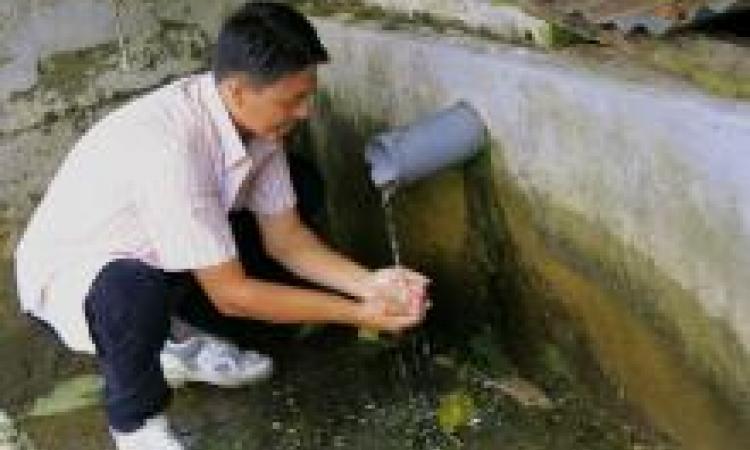
Pure and beautiful, mountain springs confer lives. With change in climate conditions and rainfall patterns, rural habitations in Sikkim face drinking water shortages. Many of these springs are drying up or their discharge declining. But there is hope at the end of an endeavour, where science, government and community come together to revive springs of their local region.
Sikkim, a northeastern state sitting in the lap of the Eastern Himalayas has varied elevations ranging from 300 to 8583 metres above sea level. Variable and complex in its geology and terrain, the rugged mountainous state of Sikkim has about 80% of its rural population dependent on springs for drinking water, sanitation and irrigation (Tambe et al 2011). These springs, however, are drying up.
Reduced sponge action of the land owing to the changing climate and geological and anthropogenic reasons have reduced the recharge of rainwater into the ground. As 85% of rainwater runs off the surface down the mountains, not much is left to recharge the springs in some of the watersheds. In fact, half of the perennial springs have already dried up or have become seasonal and nearly 8000 villages are currently facing acute water shortage even for their drinking purposes (Rana and Gupta 2009).
Dhara Vikas initiative adopts a science-based, community-involved approach to develop the springshed and recharge the springs without disturbing the source. Truly, springs of hope !
About Dhara Vikas
Dhara Vikas or springshed development in Sikkim is a collaborative effort of the Rural Management and Development Department, Government of Sikkim with technical support from the People’s Science Institute, Dehradun, WWF, ACWADAM Pune, ARGHYAM Bangalore and the State Institute of Rural Development, Sikkim to ensure rural water security in the state.
References
Reviving dying springs: Climate change adaptation experiments from the Sikkim Himalaya
Related links
A story of resurgence: A video featuring the revival of Doling lake, Sikkim